Have you ever wondered how to grow a garden that keeps the soil healthy all by itself?
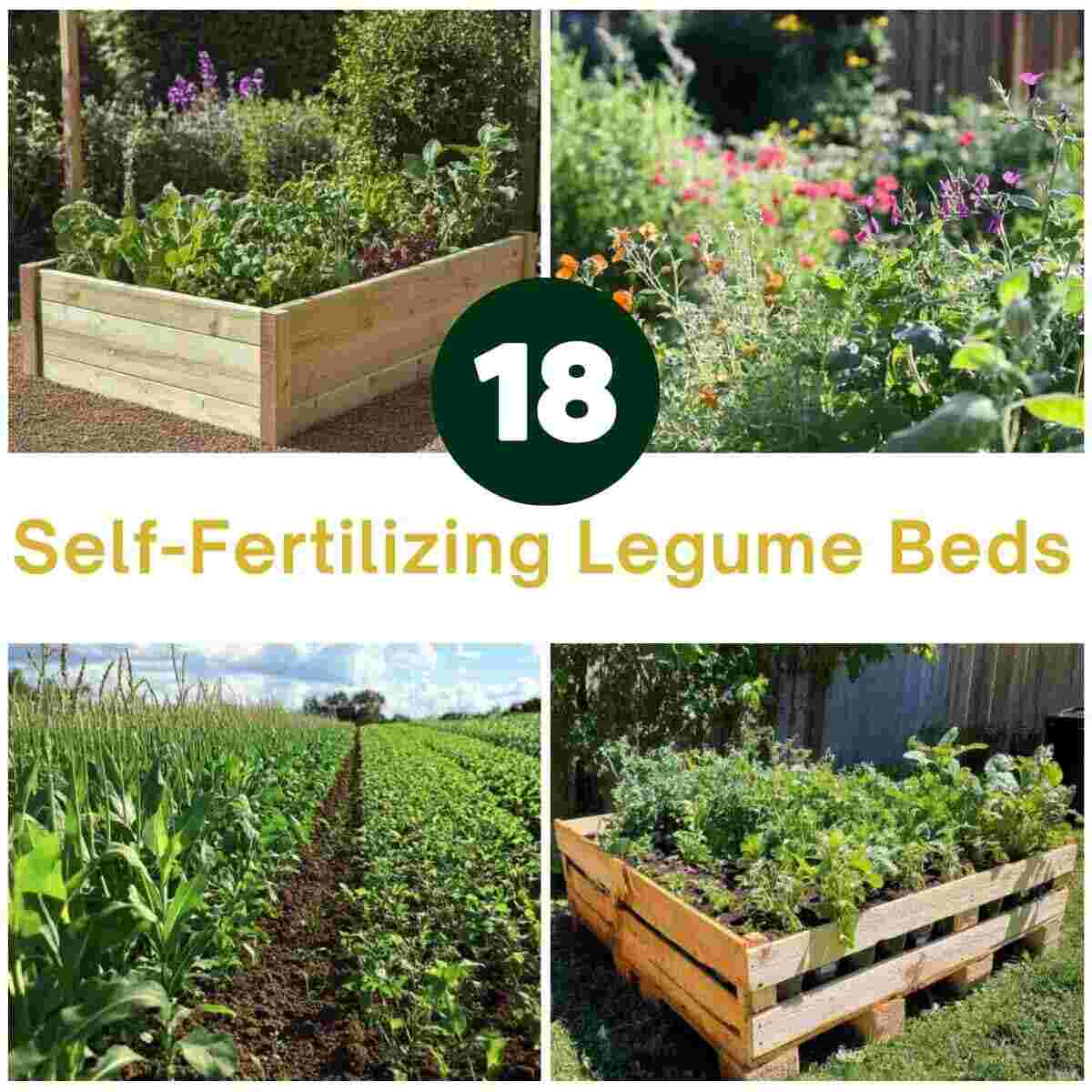
Have you ever wished your garden could feed itself?
With these Self-Fertilizing Legume Beds Garden Ideas, you can grow plants that make their own plant food while helping the soil stay healthy and full of life.
Let’s dig in!
1. Raised Wooden Legume Bed
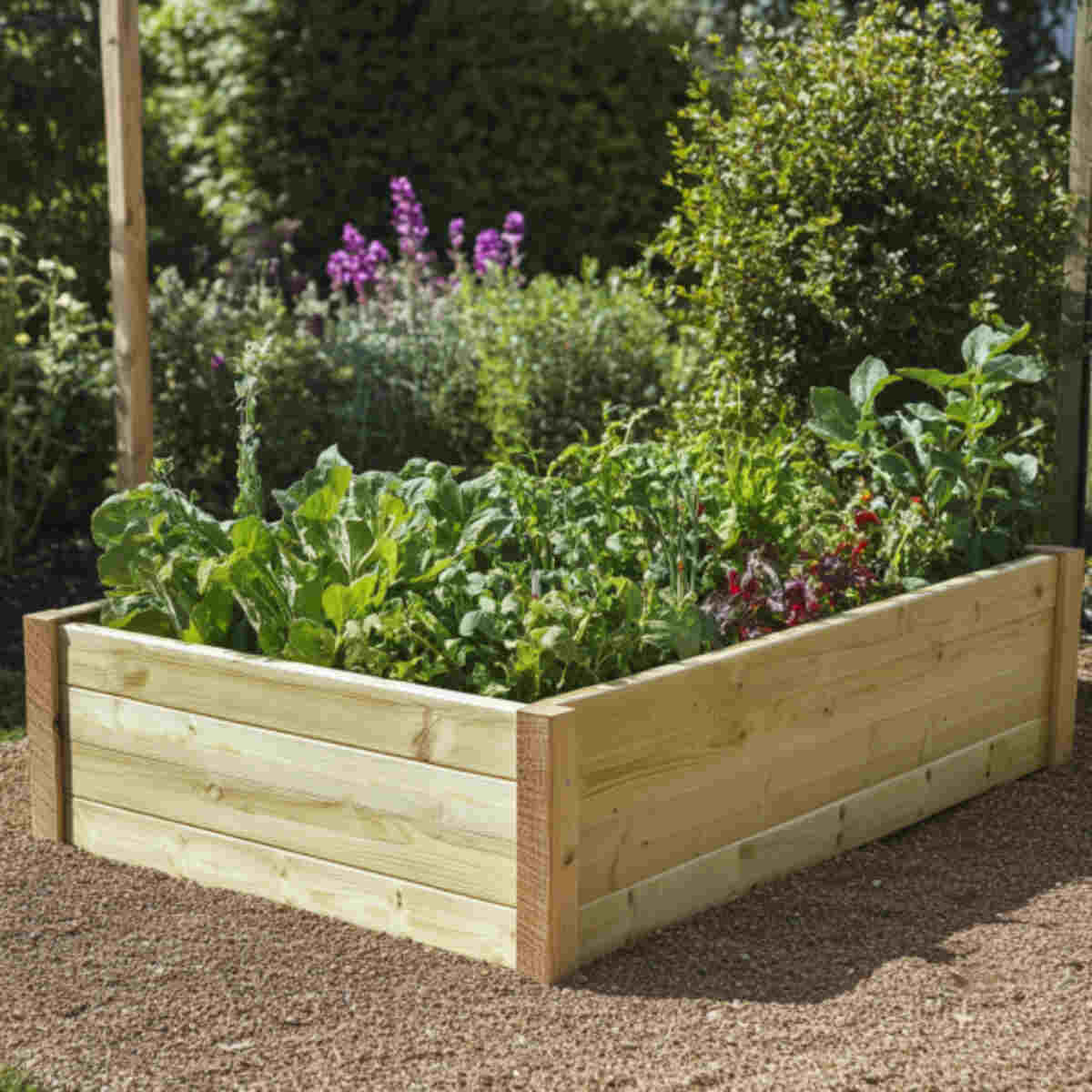
A raised wooden legume bed provides great drainage and easier access for maintenance. The elevated design keeps pests away while allowing legumes to fix nitrogen efficiently in a controlled soil environment.
This Self-Fertilizing Legume Bed Garden Idea is perfect for beginners looking to build nutrient-rich soil naturally.
2. Mixed Bean and Pea Trellis Bed

Combining beans and peas on a shared trellis maximizes vertical space while enriching the soil with nitrogen.
These plants support each other and create a lush, green display that’s both functional and beautiful. This idea makes your legume bed a self-sustaining and space-saving powerhouse.
See, 17 Growing Unusual Legumes Ideas
3. Compact Balcony Legume Bed
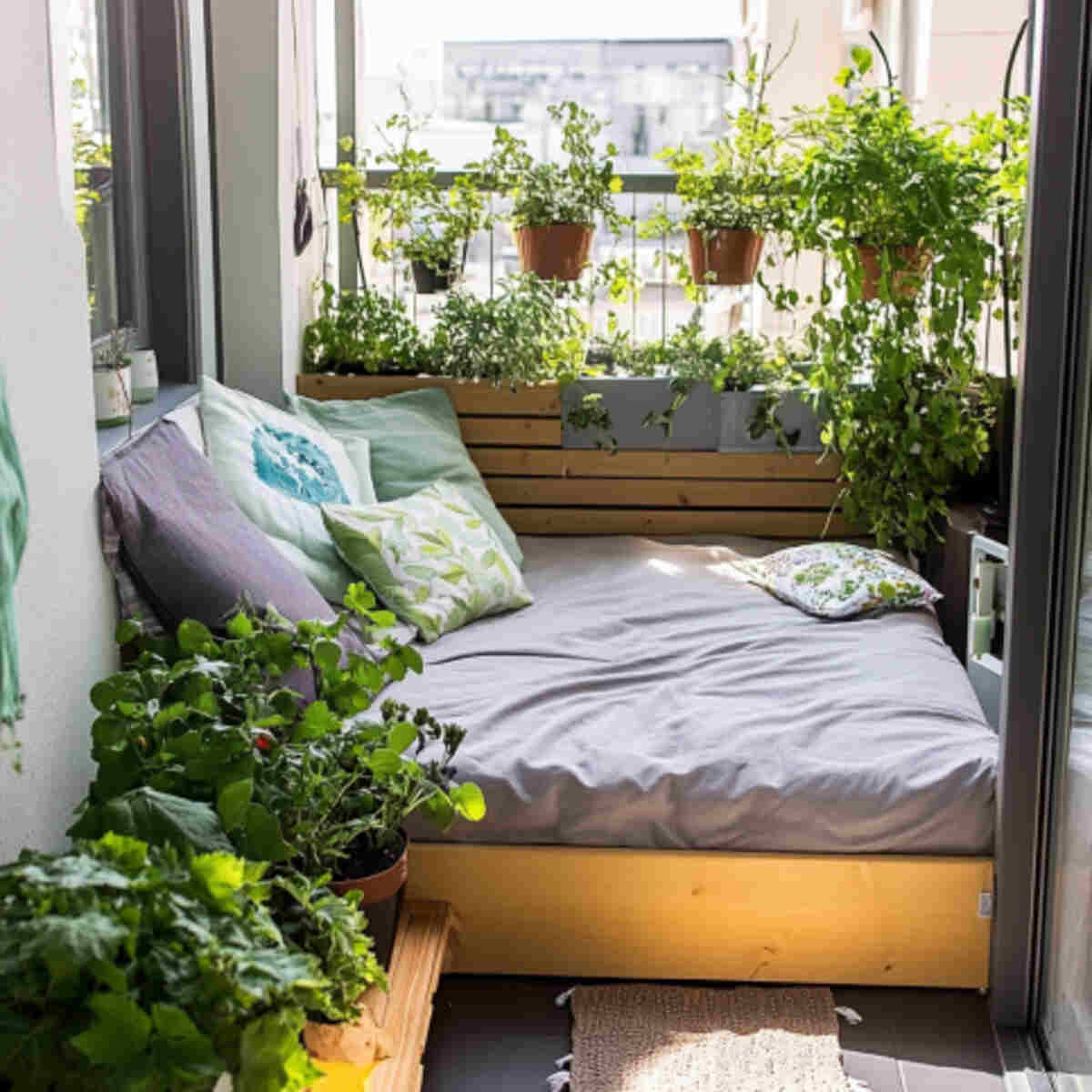
Even small spaces can benefit from self-fertilizing systems using container legumes. A compact balcony legume bed brings nitrogen-fixing plants right to your outdoor living area.
It’s an easy and eco-friendly solution for apartment dwellers who want to enjoy Self-Fertilizing Legume Beds Garden Ideas on a smaller scale.
4. Circular Companion Planting Legume Bed
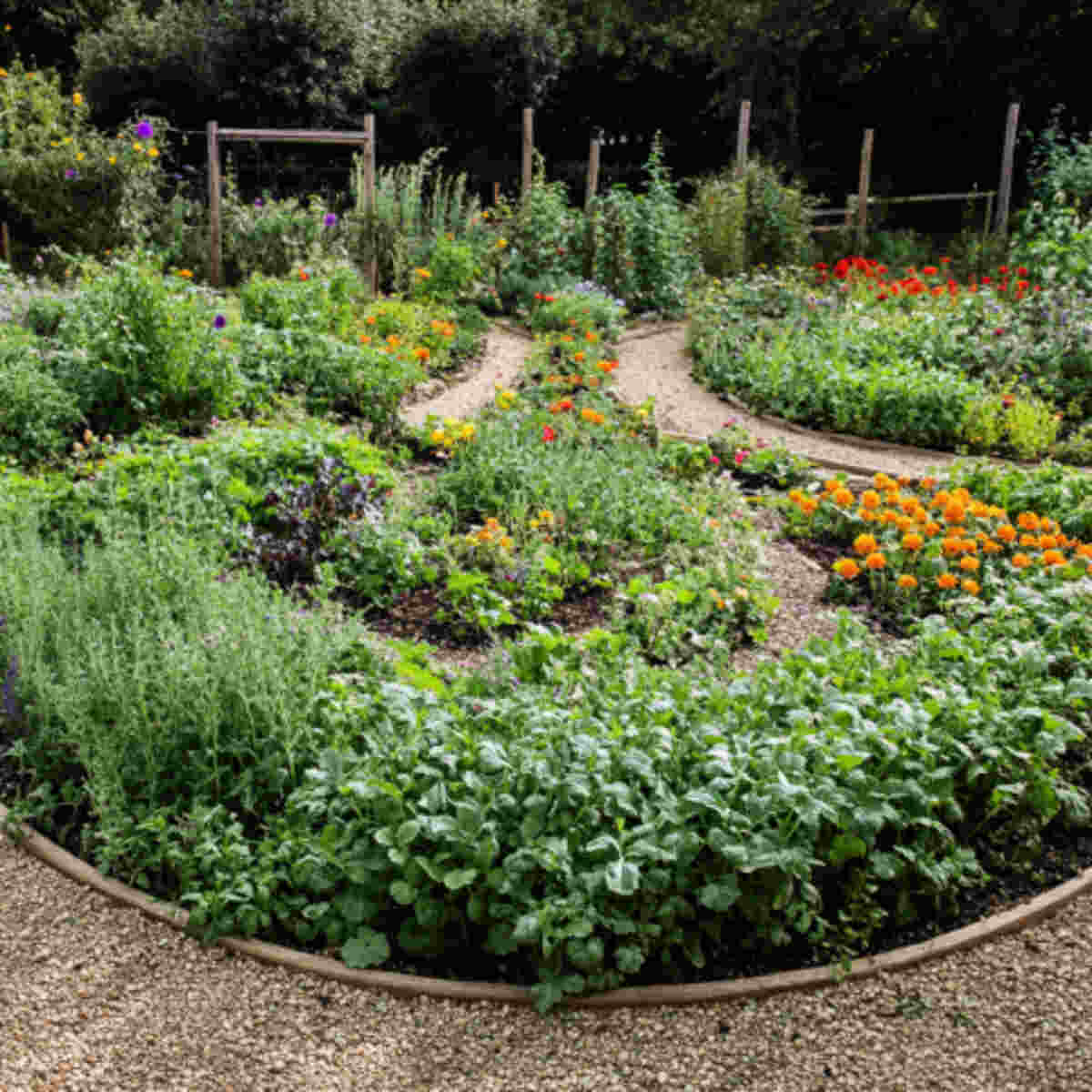
In a circular layout, legumes can grow alongside vegetables like tomatoes and peppers. This shape helps nutrients circulate evenly while the legumes naturally feed the soil.
The companion planting method is a clever use of Self-Fertilizing Legume Beds Garden Ideas for maximum garden efficiency.
5. Vertical Hanging Legume Garden
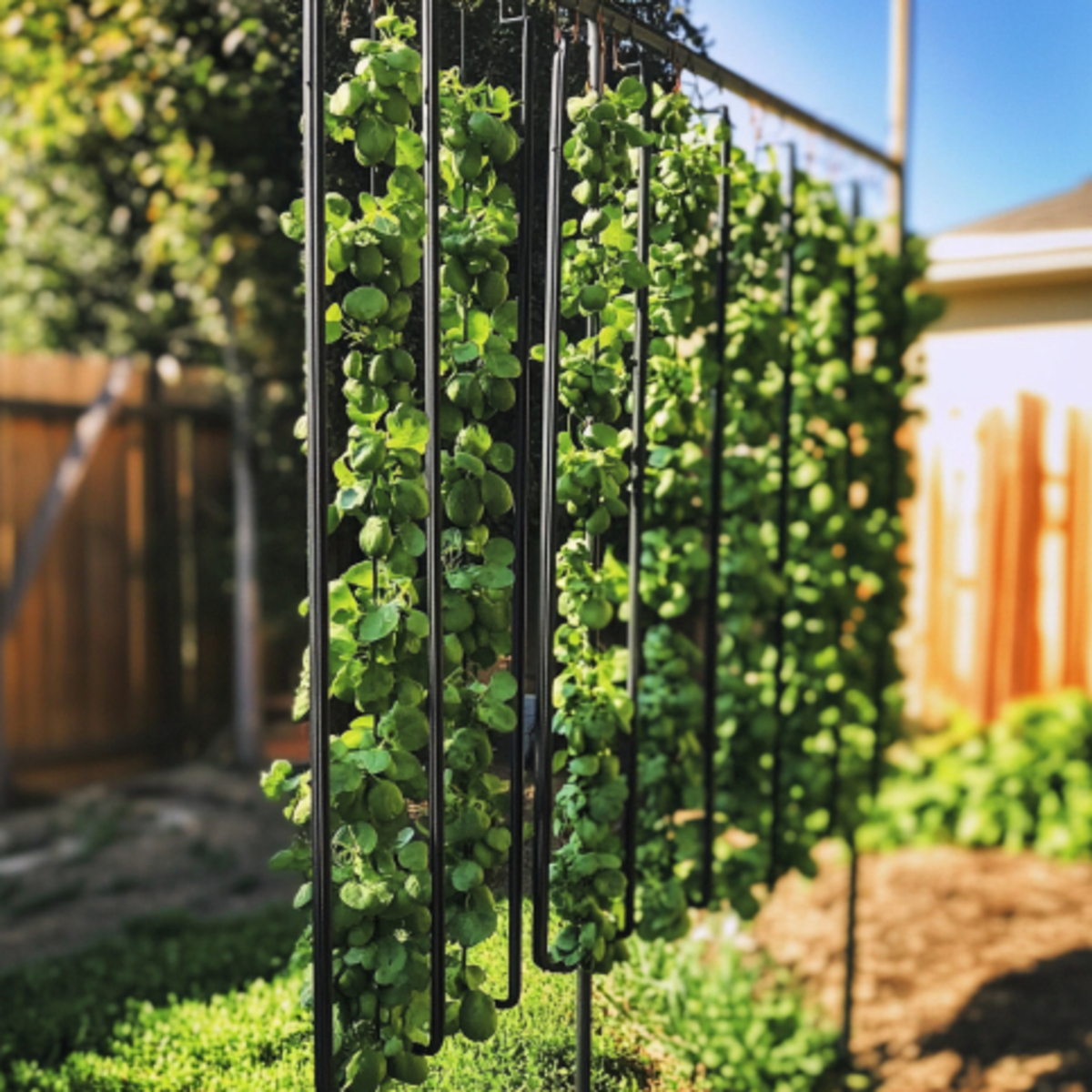
A vertical hanging garden with trailing legumes such as peas adds greenery to walls and fences.
The legumes continuously improve the soil in their containers, reducing the need for fertilizers. It’s a stylish and productive way to integrate self-fertilizing plants into tight outdoor areas.
6. Intercropped Legume and Corn Bed

Legumes and corn make a classic pairing in traditional farming systems. Corn provides support for climbing legumes, while the legumes return nitrogen to the soil, enriching future crops.
This Self-Fertilizing Legume Bed Garden Idea creates a natural partnership that boosts overall garden productivity.
7. Container-Based Legume Bed for Patios

Using large containers filled with legume plants is an ideal option for patios and terraces. These portable beds offer flexibility and help you grow nutrient-enriching crops anywhere sunlight reaches.
The self-fertilizing feature of legumes ensures your container soil remains healthy season after season.
8. Ground-Level Nitrogen-Fixing Garden Patch
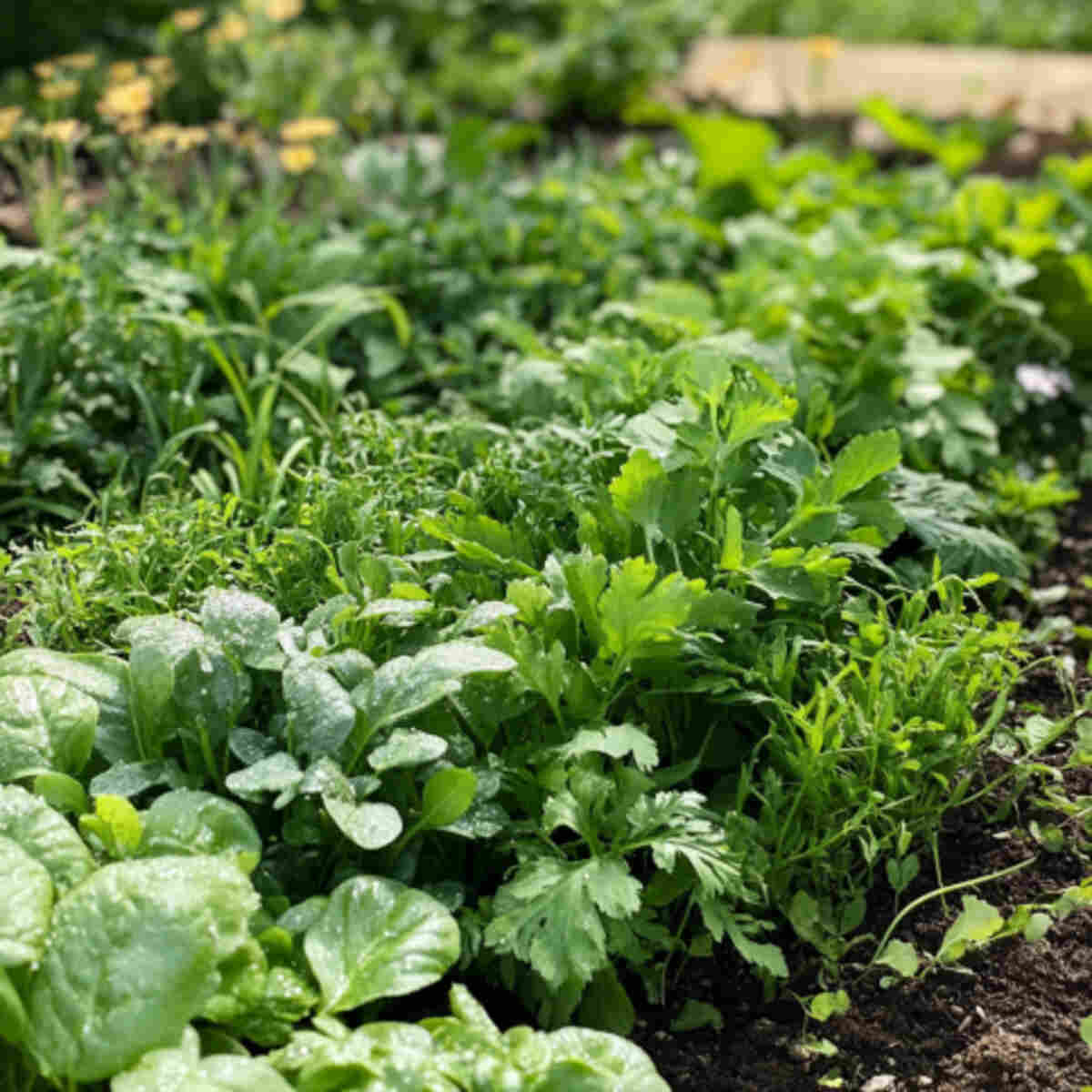
A simple ground-level legume patch allows roots to spread deeply, fixing nitrogen directly in your garden’s soil. This helps nearby plants thrive without extra compost or chemical fertilizers.
As one of the most natural Self-Fertilizing Legume Beds Garden Ideas, it’s perfect for eco-conscious gardeners.
9. Legume Spiral Herb Garden Bed
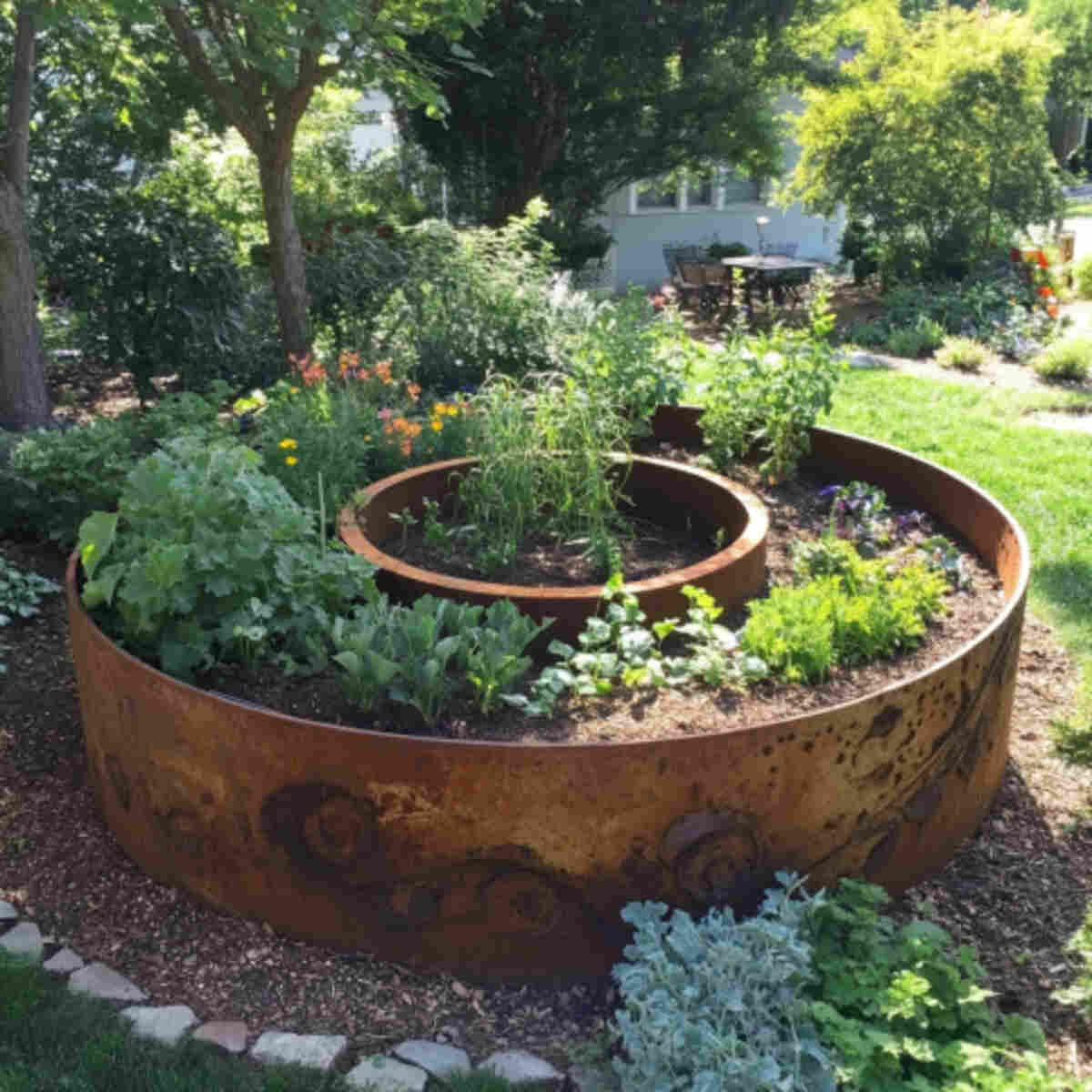
Combine herbs and legumes in a spiral design to create a visually appealing and functional garden.
The legumes enhance the soil around the herbs, ensuring both flourish together. This creative approach merges beauty with self-fertilizing benefits, making it a standout idea for small gardens.
10. Tiered Vertical Planter with Legumes
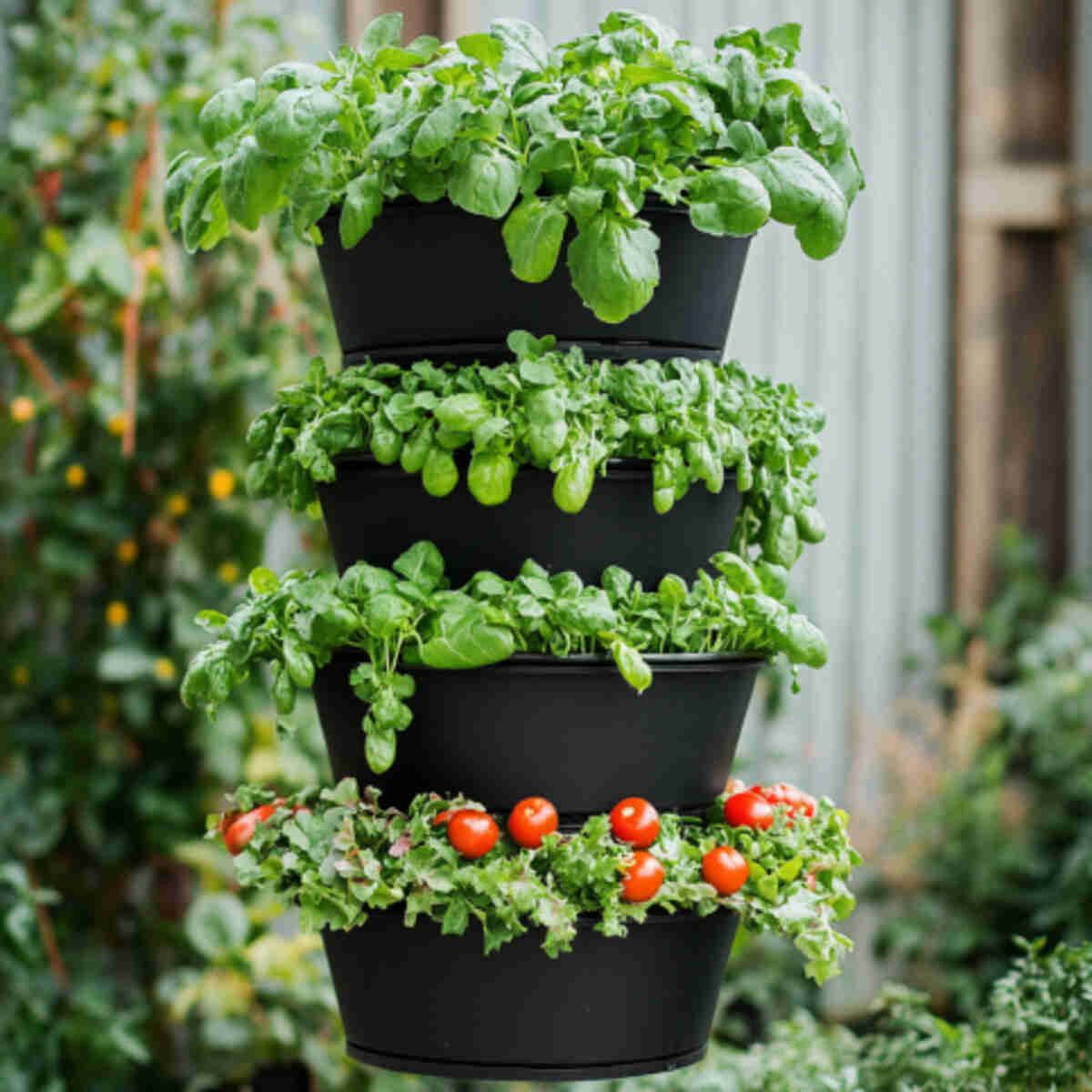
A tiered planter filled with legumes saves space while improving soil quality at every level. Each layer benefits from the nitrogen-rich environment created by these plants.
This Self-Fertilizing Legume Bed Garden Idea adds depth, texture, and sustainability to your gardening setup.
11. Bamboo Trellis Legume Bed
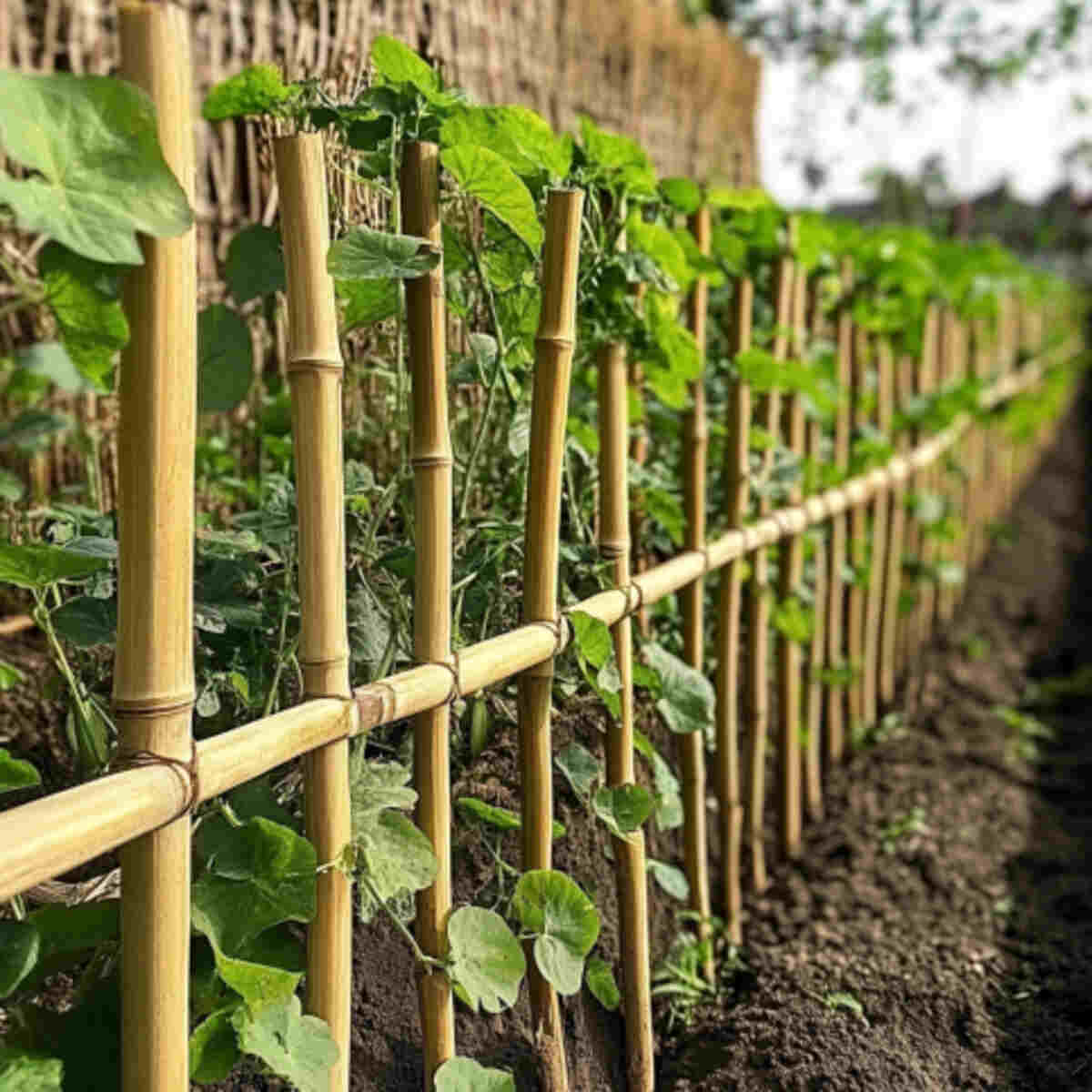
Bamboo trellises provide natural and sustainable support for climbing legumes. The structure encourages strong plant growth and makes harvesting easy, while legumes fertilize the soil naturally.
This eco-friendly idea blends style with sustainability, keeping your garden productive all year.
12. Backyard Rectangular Legume Patch
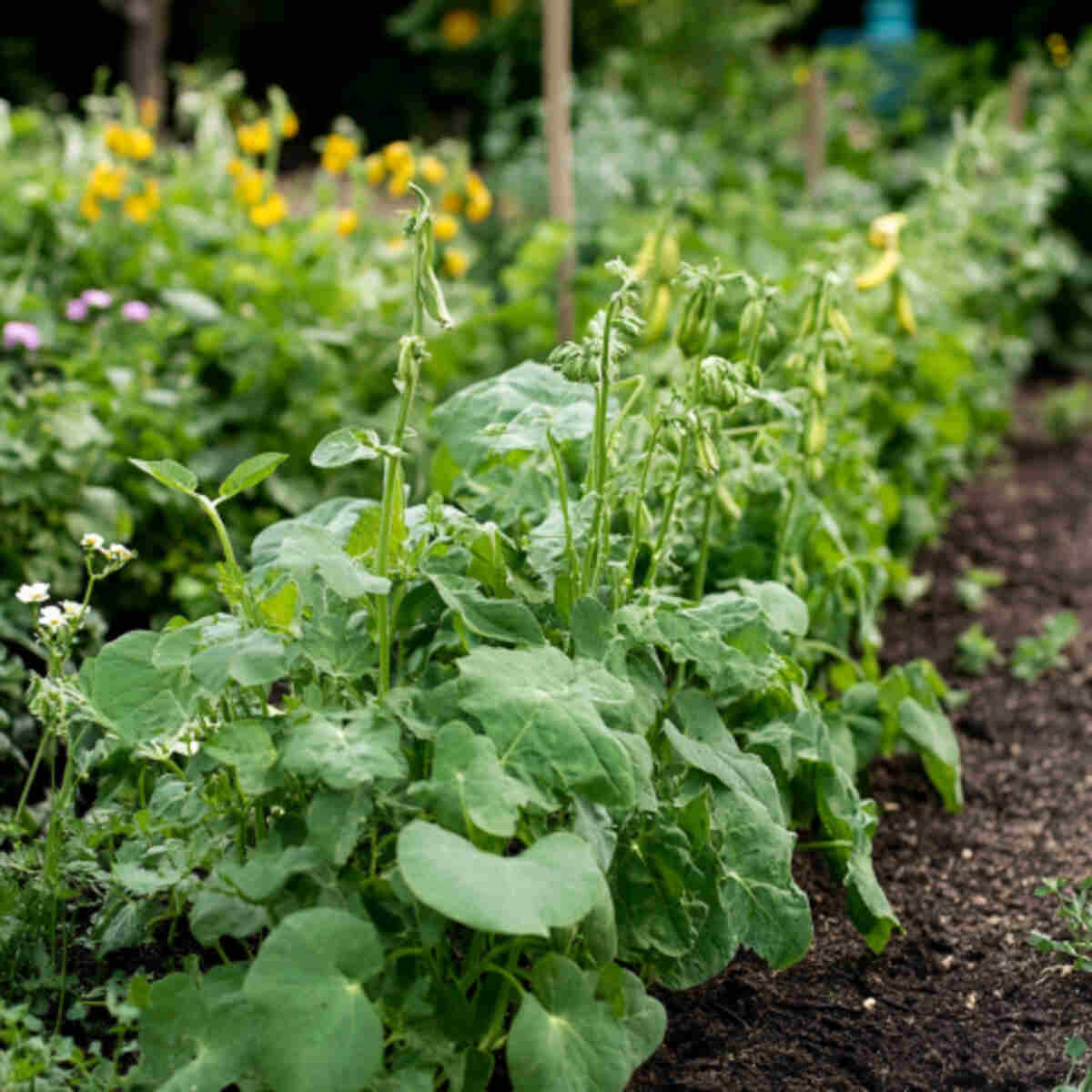
A rectangular layout is easy to manage and perfect for growing multiple types of legumes.
This shape makes watering, harvesting, and crop rotation straightforward. It’s one of the most practical Self-Fertilizing Legume Beds Garden Ideas for gardeners who love tidy, efficient layouts.
13. Greenhouse Legume Starter Bed
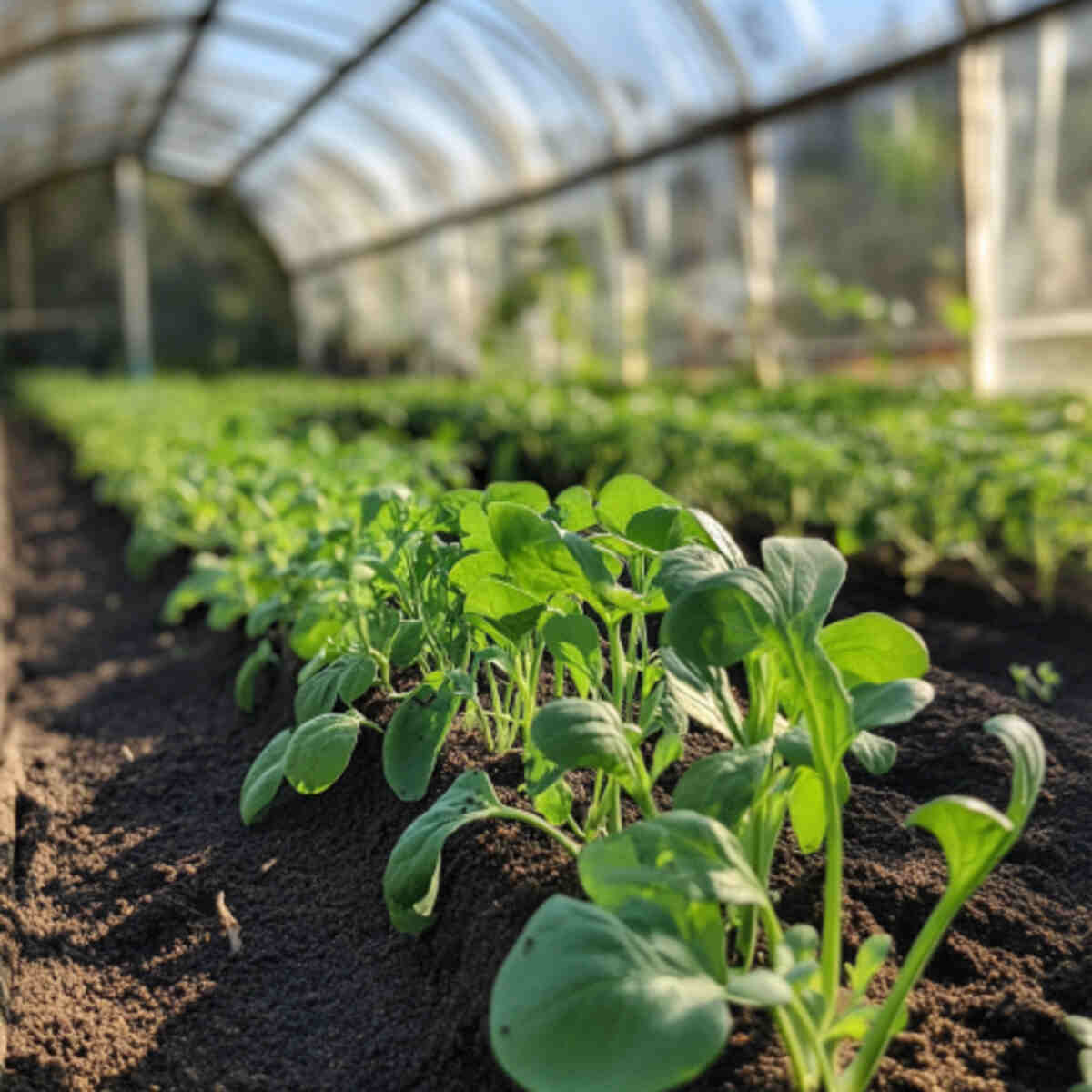
Growing legumes inside a greenhouse protects them from pests and harsh weather while improving soil naturally.
The controlled environment enhances nitrogen fixation, making it ideal for starting other crops later. This approach ensures your Self-Fertilizing Legume Bed remains active year-round.
14. Decorative Border Legume Bed
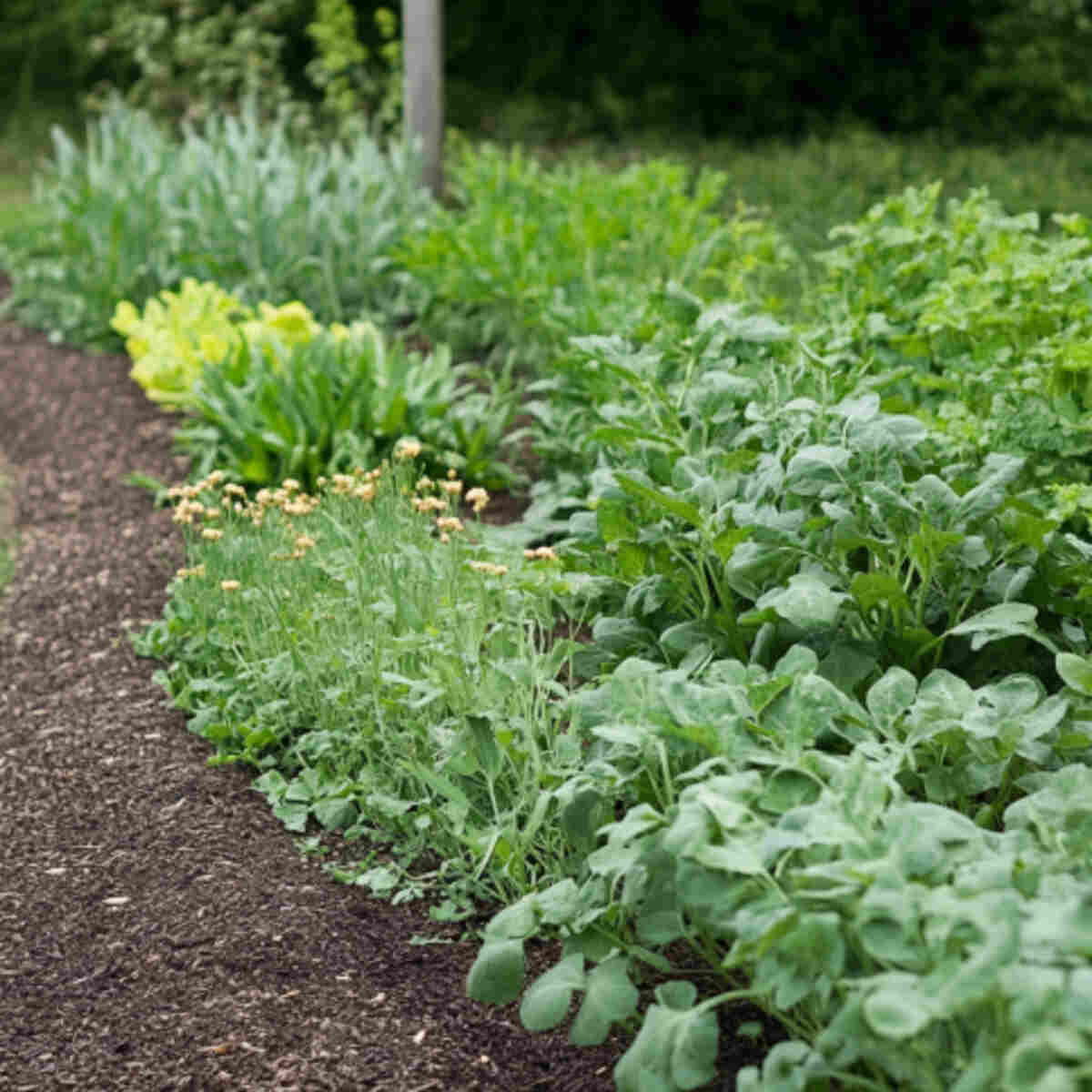
Turn your garden borders into productive legume beds by planting beans or peas along edges.
These plants enrich the surrounding soil and add greenery to garden borders. This idea transforms decorative areas into self-fertilizing zones, merging aesthetics with function.
15. Pallet-Based Urban Legume Bed

Recycled wooden pallets make great planters for urban legume gardens. They provide enough depth for roots and help conserve space while encouraging soil enrichment.
As a Self-Fertilizing Legume Bed Garden Idea, it’s ideal for city dwellers seeking sustainable gardening options.
16. Sustainable Compost-Integrated Legume Bed
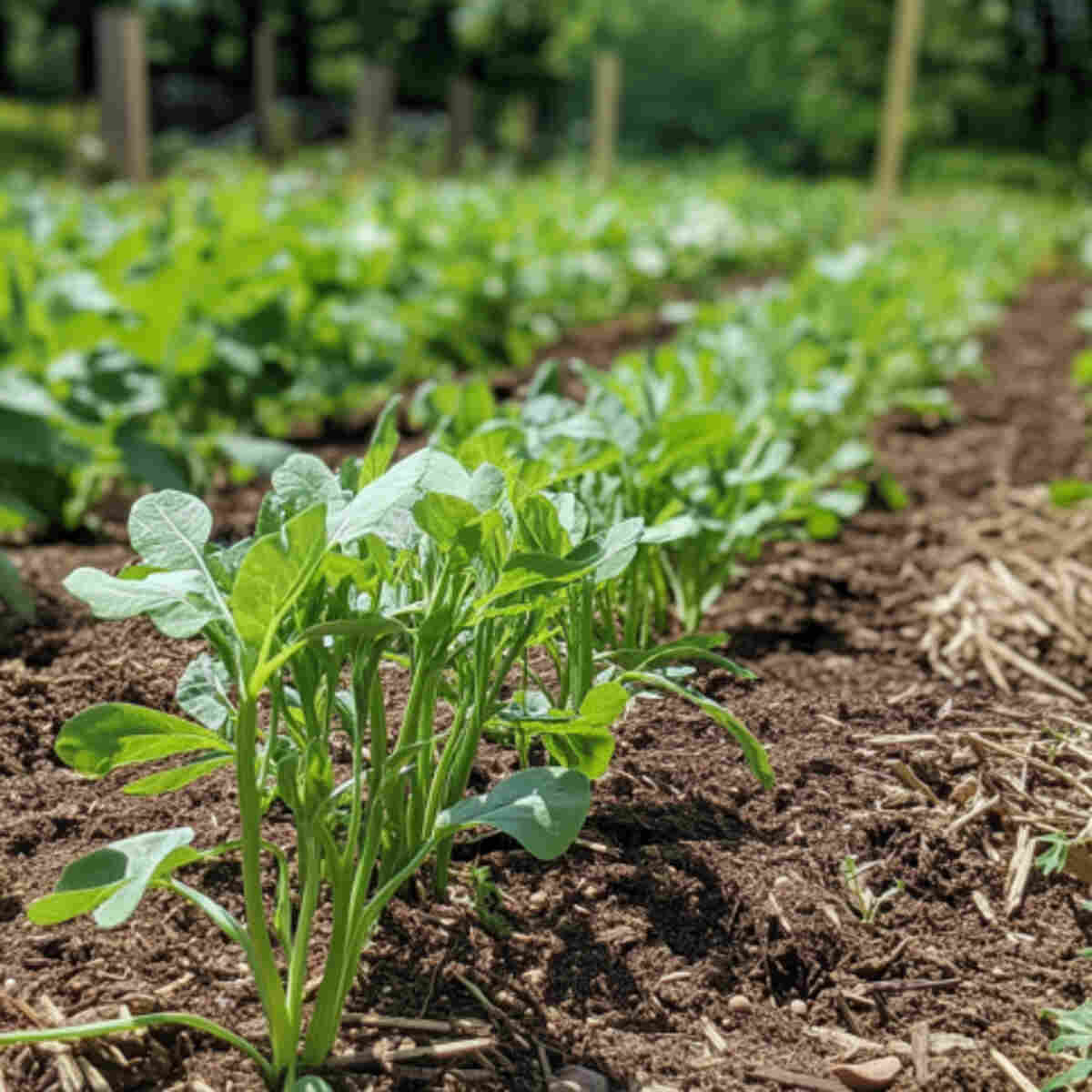
Mixing legumes with compost layers creates a rich, self-sustaining soil ecosystem.
The legumes fix nitrogen, while the compost provides additional organic nutrients. This combination ensures continuous soil fertility, making it one of the most balanced Self-Fertilizing Legume Beds Garden Ideas.
17. Legume and Flower Companion Bed
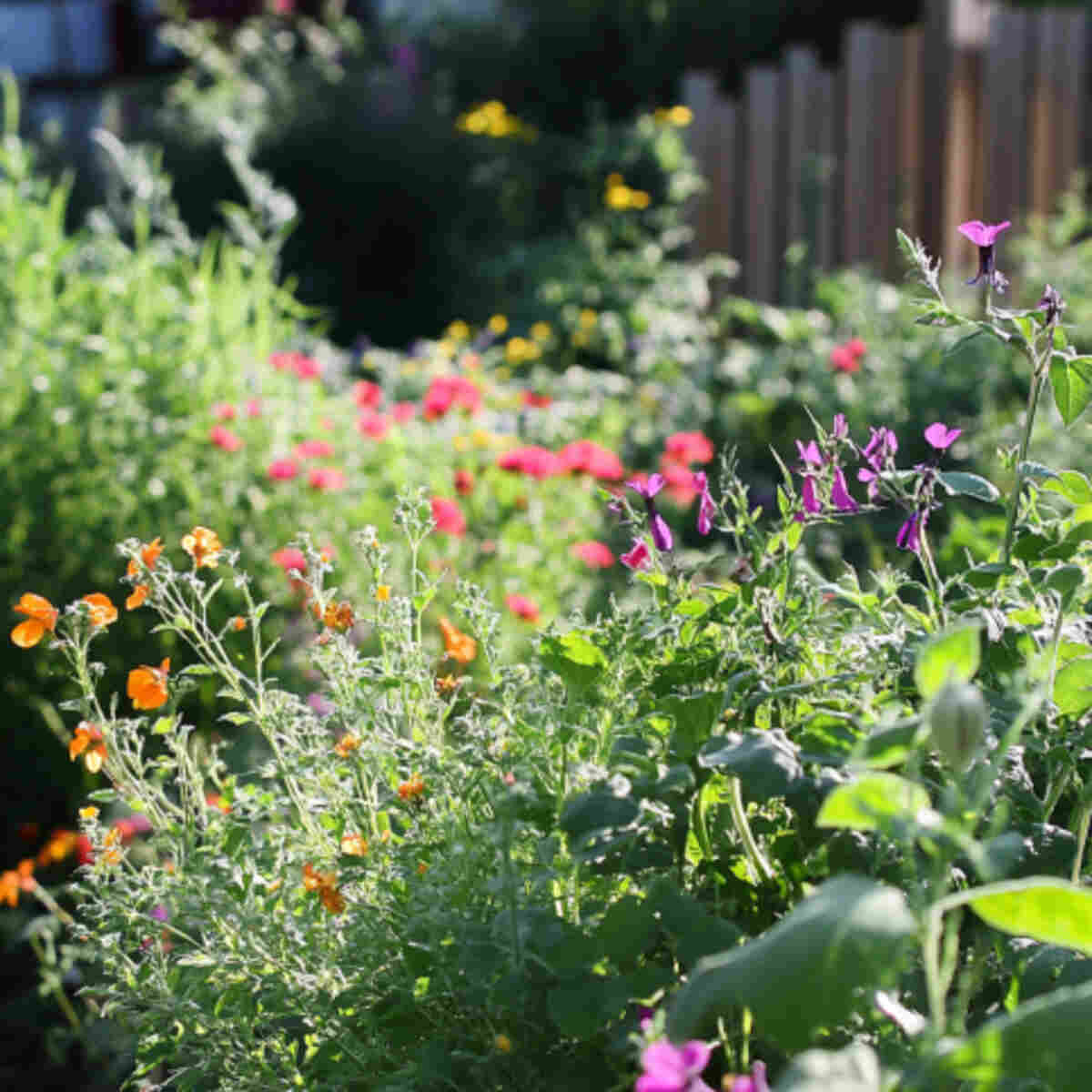
Planting legumes with flowers not only brightens the space but also enhances soil health naturally.
The flowers attract pollinators, while legumes fix nitrogen and nourish neighboring plants. This combination turns your garden into both a colorful and self-sustaining ecosystem.
18. Rotational Legume Crop Bed for Soil Renewal

Rotating legume crops yearly keeps the soil rich and balanced without synthetic fertilizers.
Each rotation allows different legumes to replenish soil nutrients effectively. It’s a proven and eco-friendly Self-Fertilizing Legume Bed Garden Idea that promotes long-term soil health.
Growing legumes is a simple and smart way to keep your garden healthy without using chemical fertilizers.
These Self-Fertilizing Legume Beds Garden Ideas show how different setups—big or small—can help plants make their own nutrients and improve the soil around them.
By adding legumes to your garden design, you create a space that’s not only beautiful but also naturally balanced and easy to care for.
